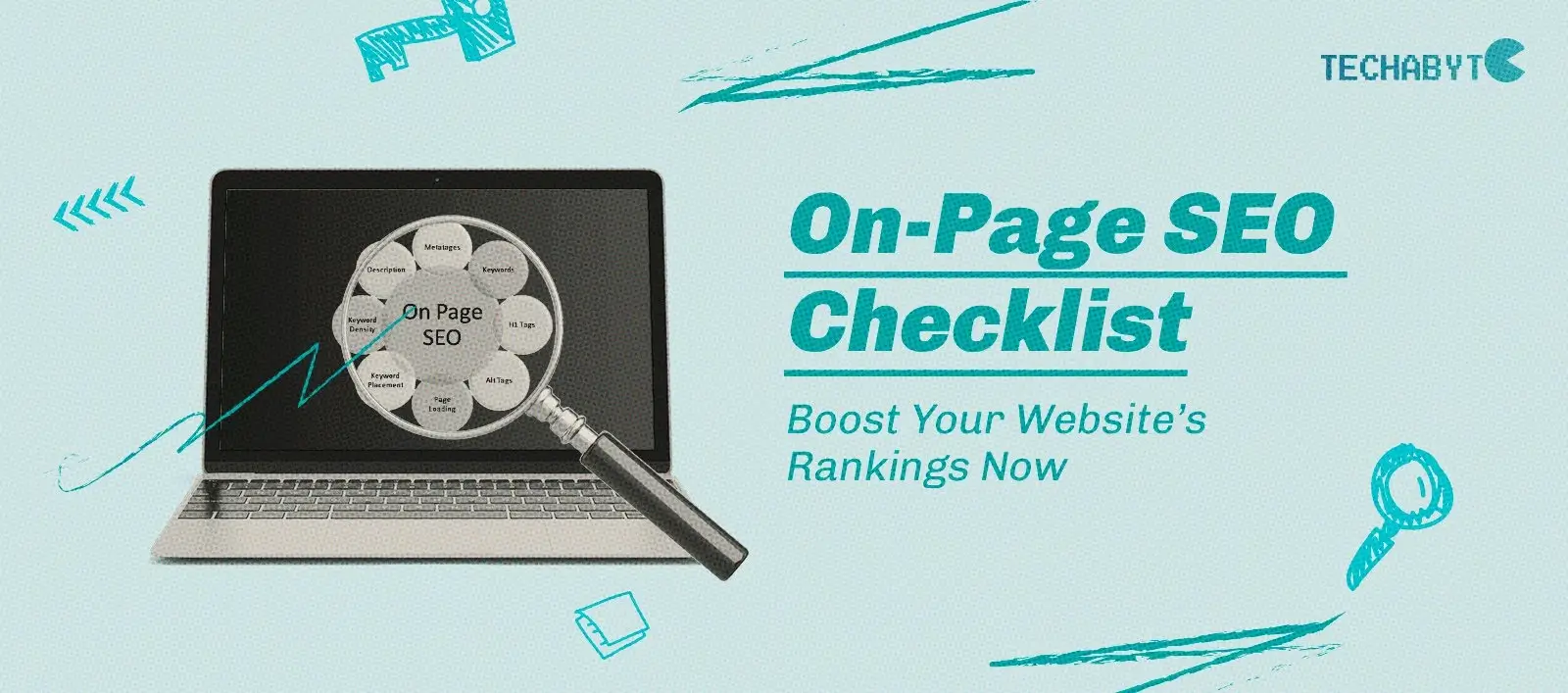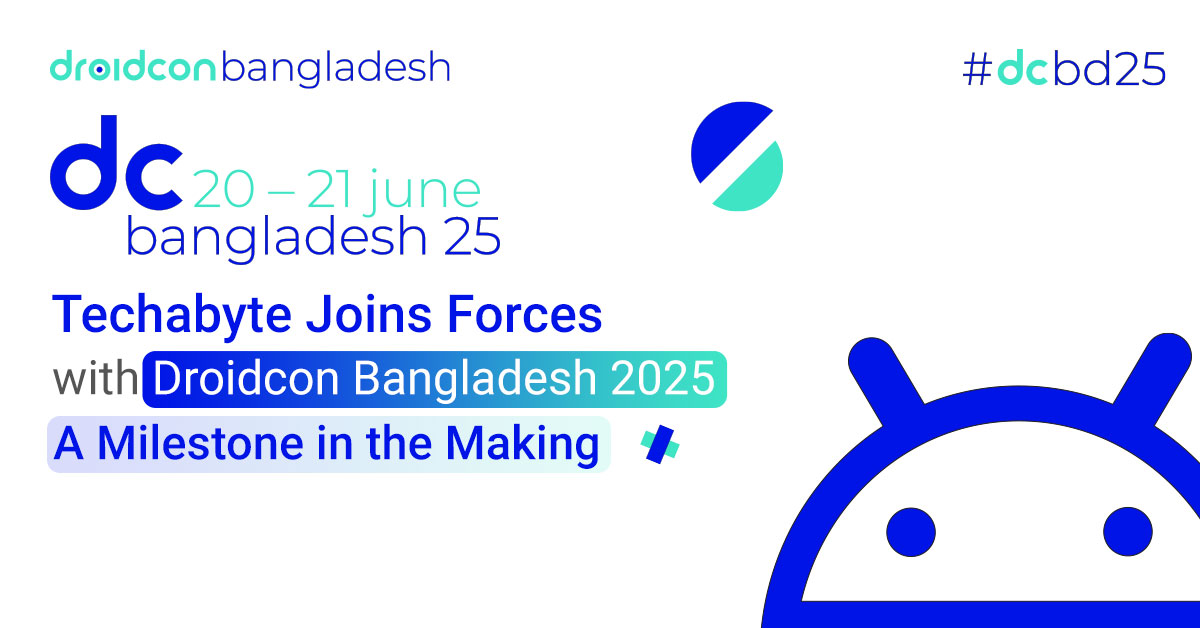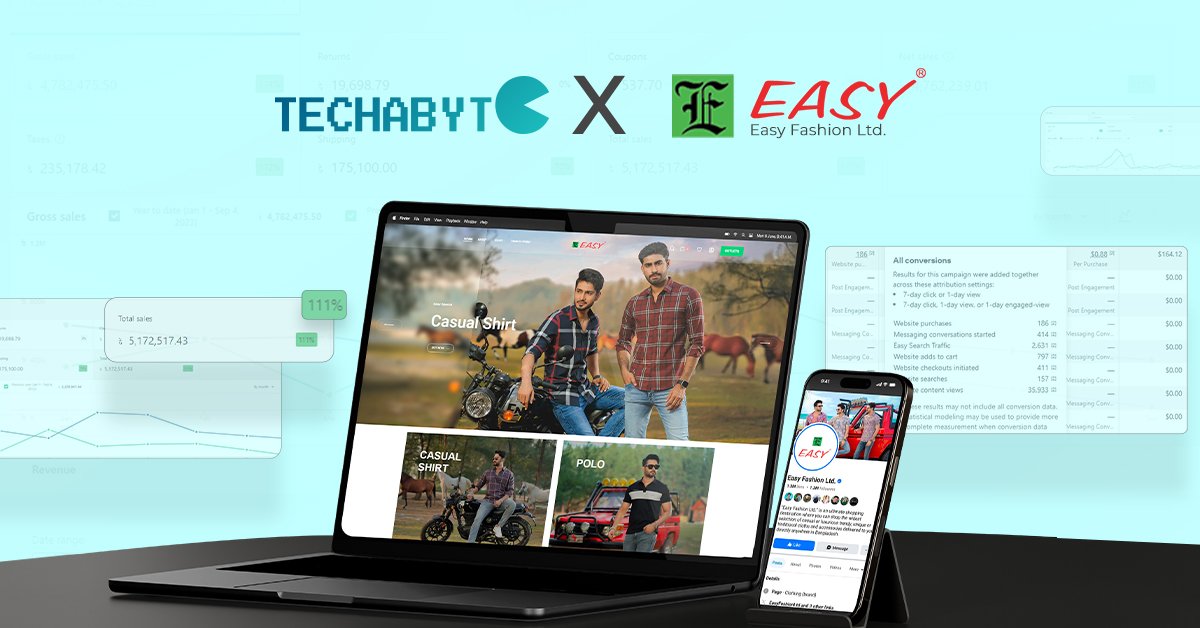As we move further into the digital age, mastering on-page SEO has become more crucial than ever. Ensuring that your website adheres to the latest SEO best practices can significantly impact your search engine rankings, user experience, and overall online presence. In this comprehensive guide, we’ll walk you through the essential on-page SEO checklist for 2025, helping you stay ahead of the competition and maximize your website’s potential.
Table of Contents
| Heading | Sub-Topics |
| Understanding On-Page SEO | Definition, Importance, Basics |
| Keyword Research | Tools, Techniques, Long-tail Keywords |
| Optimizing Title Tags | Best Practices, Examples |
| Crafting Effective Meta Descriptions | Tips, Length, Keywords |
| URL Structure | Best Practices, Examples |
| Header Tags (H1, H2, H3, etc.) | Importance, Optimization Tips |
| Content Optimization | Quality, Length, Relevance |
| Image Optimization | Alt Text, Compression, Formats |
| Internal Linking | Strategies, Importance |
| External Linking | Benefits, Best Practices |
| Mobile Optimization | Importance, Techniques |
| Page Speed | Tools, Improvement Tips |
| User Experience (UX) | Design, Navigation, Engagement |
| Schema Markup | Types, Implementation |
| Social Sharing Integration | Tools, Benefits |
| Voice Search Optimization | Importance, Tips |
| Local SEO | Importance, Techniques |
| HTTPS and SSL | Importance, Implementation |
| Analyzing and Improving CTR | Tools, Techniques |
| Regular Content Audits | Importance, How to Conduct |
| Monitoring and Analytics | Tools, Metrics |
Understanding On-Page SEO
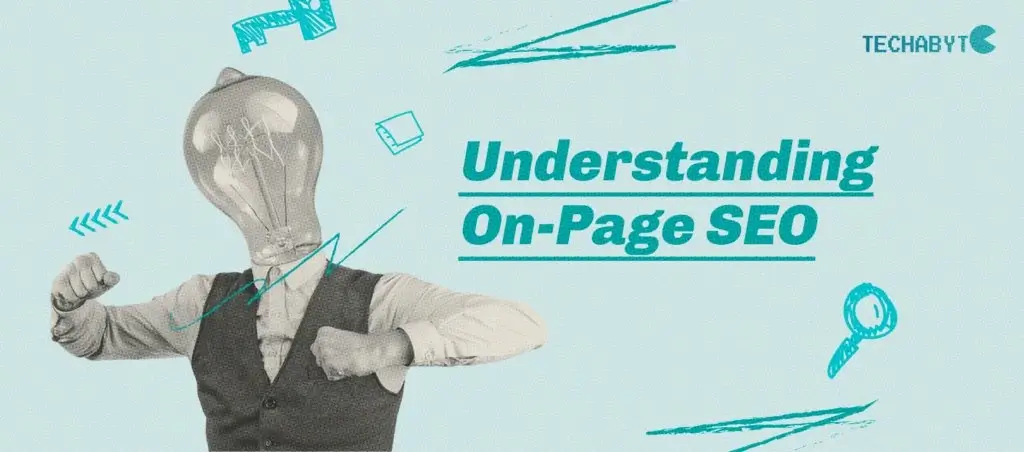
On-page SEO refers to the practice of optimizing individual web pages to rank higher and earn more relevant traffic in search engines. It involves various elements, including content, HTML tags, and site architecture, that can be controlled directly within your website. On-page SEO is crucial because it helps search engines understand your website and its content, providing valuable context to improve your site’s visibility.
Keyword Research
Effective keyword research is the foundation of any successful SEO strategy. It involves identifying the terms and phrases your target audience uses to search for information, products, or services. Tools like Google Keyword Planner, Ahrefs, and SEMrush can help you uncover high-volume, low-competition keywords. Focus on long-tail keywords as they often have higher conversion rates due to their specificity.
Optimizing Title Tags
Title tags are one of the most critical elements of on-page SEO. These are an instrumental for SEO success. They serve as a crucial communication tool between your website and search engines, influencing search engine visibility, click-through rates, user experience, and social media sharing. By crafting compelling and keyword-rich title tags, you can significantly enhance your website’s overall SEO performance and attract more targeted traffic.They appear in search engine results and browser tabs, influencing both rankings and click-through rates (CTR). To optimize your title tags:
- Keep them under 60 characters.
- Include your primary keyword.
- Make them compelling and relevant to the content.
For example, “On-Page SEO Checklist for 2025: Boost Your Rankings” is a well-optimized title tag.
Crafting Effective Meta Descriptions
Meta descriptions provide a brief summary of your page content in search engine results. While they don’t directly impact rankings, they significantly influence CTR. To craft effective meta descriptions:
- Keep them under 160 characters.
- Include the primary keyword.
- Make them engaging and informative.
For instance, “Discover the ultimate on-page SEO checklist for 2025. Learn how to optimize your website effectively with these essential strategies and tips.”
URL Structure
A clean and descriptive URL structure enhances user experience and search engine rankings. Best practices for URL structure include:
- Keeping URLs short and descriptive.
- Using hyphens to separate words.
- Including relevant keywords.
For example, a URL like “example.com/on-page-seo-checklist-2025” is preferable to “example.com/12345.”
Header Tags (H1, H2, H3, etc.)
Google doesn’t enforce a strict limit on H1, H2, or H3 tags. Instead, it focuses on logical structure. Utilize one H1 as the main title, followed by H2s for key sections, and H3s for subtopics. Prioritize readability and avoid overuse. By adhering to these guidelines, one can enhance both user experience and search engine understanding of your content.

Content Optimization
High-quality, relevant content is the cornerstone of on-page SEO. To optimize your content:
- Ensure it’s well-researched and informative.
- Use a mix of short and long paragraphs for readability.
- Incorporate primary and secondary keywords naturally.
- Aim for content length that thoroughly covers the topic.
Image Optimization
Optimizing images improves page load speed and user experience. Key aspects include:
- Using descriptive file names.
- Adding alt text with relevant keywords.
- Compressing images to reduce file size without compromising quality.
- Choosing the right image formats, such as JPEG or WebP.
Mobile Optimization
With the increasing use of mobile devices, ensuring your website is mobile-friendly is critical. Techniques for mobile optimization include:
- Using responsive design to adapt to different screen sizes.
- Ensuring buttons and links are easy to tap.
- Optimizing page load speed for mobile.

Internal Linking
Internal links connect related pages on your website, helping search engines understand the structure and relevance of your content. Effective internal linking strategies include:
- Linking to relevant content within your site.
- Using descriptive anchor text.
- Ensuring all pages are accessible within a few clicks from the homepage.
External Linking
External links, or outbound links, provide additional context and credibility to your content by linking to authoritative sources. Best practices include:
- Linking to reputable, high-authority websites.
- Using relevant and natural anchor text.
- Avoiding excessive external links to maintain reader focus.
Mobile Optimization
With the increasing use of mobile devices, ensuring your website is mobile-friendly is critical. Techniques for mobile optimization include:
- Using responsive design to adapt to different screen sizes.
- Ensuring buttons and links are easy to tap.
- Optimizing page load speed for mobile.
Page Speed
Page speed is a crucial ranking factor and significantly impacts user experience. To improve page speed:
- Use tools like Google PageSpeed Insights to identify issues.
- Optimize images and leverage browser caching.
- Minimize HTTP requests and use a Content Delivery Network (CDN).
User Experience (UX)

A positive user experience keeps visitors engaged and reduces bounce rates. Key elements of good UX include:
- Intuitive navigation and site architecture.
- Clear and compelling calls to action (CTAs).
- Fast-loading pages and mobile-friendly design.
Schema Markup
Schema markup, or structured data, helps search engines better understand your content, potentially leading to rich snippets in search results. Implement schema markup by:
- Using Google’s Structured Data Markup Helper.
- Adding relevant schema types, such as articles, products, and reviews.
- Validating your markup with the Rich Results Test tool.
Social Sharing Integration
Integrating social sharing buttons on your website encourages users to share your content, increasing visibility and traffic. Benefits of social sharing integration include:
- Enhanced brand awareness
- Increased referral traffic
- Improved social signals, which can indirectly impact SEO
Voice Search Optimization
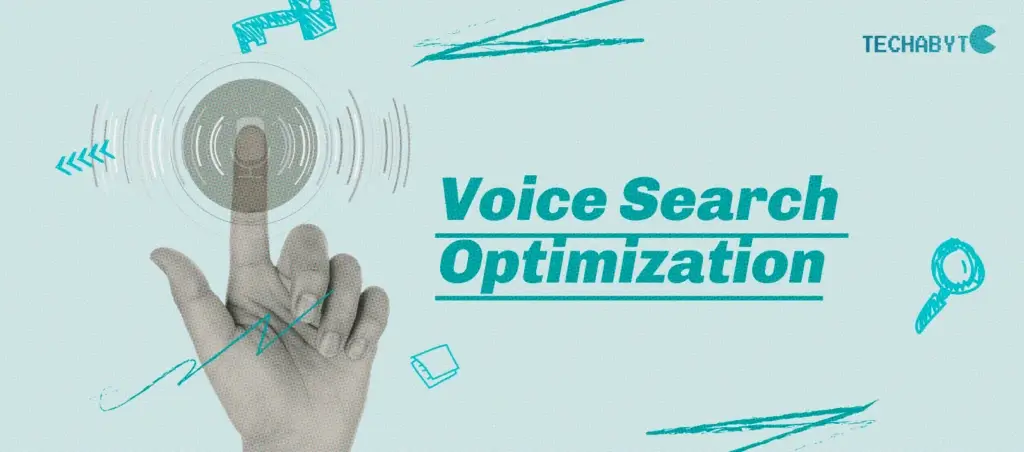
Voice search is growing in popularity, making it essential to optimize for voice queries. Tips for voice search optimization include:
- Using natural language and long-tail keywords.
- Creating concise, informative content that answers common questions.
- Ensuring your site is mobile-friendly.
Local SEO
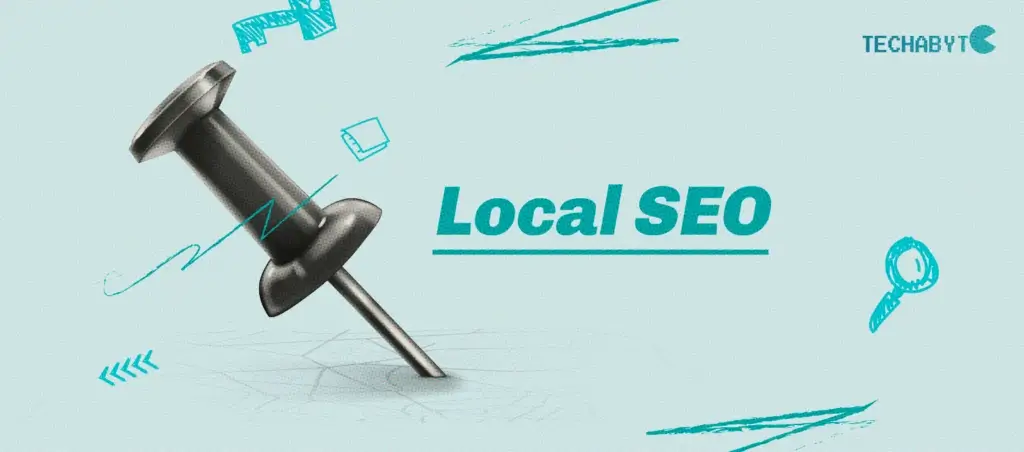
Local SEO is vital for businesses targeting a local audience. To optimize for local SEO:
- Create and optimize a Google My Business listing.
- Use local keywords in your content and metadata.
- Encourage customer reviews and respond to them.
HTTPS and SSL
Securing your website with HTTPS is not only crucial for user trust but also a ranking factor. Implement HTTPS by:
- Purchasing an SSL certificate.
- Installing the certificate on your web server.
- Redirecting HTTP URLs to HTTPS.
Analyzing and Improving CTR
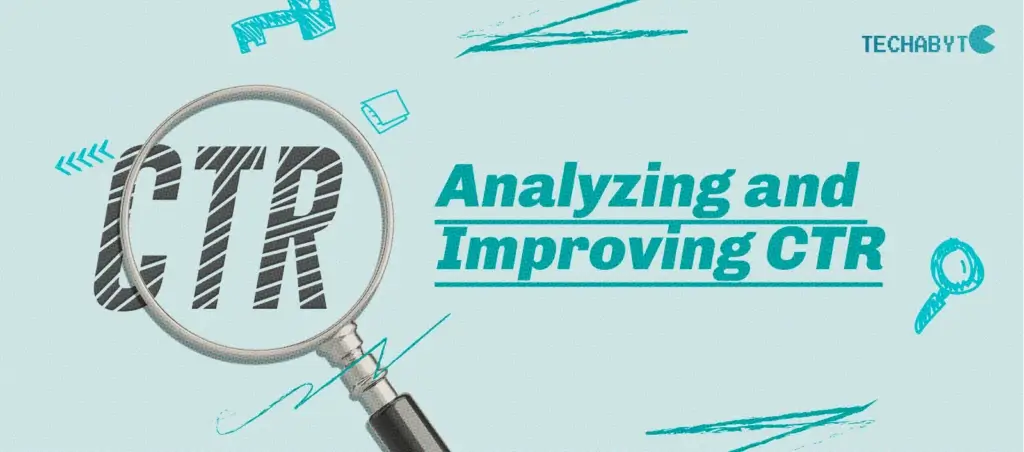
Improving your click-through rate (CTR) can drive more traffic to your site. Techniques to analyze and improve CTR include:
- Using Google Search Console to monitor performance.
- A/B testing different title tags and meta descriptions.
- Creating compelling and relevant content.
Regular Content Audits
Conducting regular content audits helps identify outdated or underperforming content, allowing you to make necessary updates. Steps for a content audit include:
- Inventorying your existing content.
- Analyzing performance metrics, such as traffic and engagement.
- Updating or removing outdated content.
Monitoring and Analytics
Regularly monitoring your website’s performance using analytics tools helps you understand what’s working and what needs improvement. Essential tools and metrics include:
- Google Analytics for traffic and behavior insights.
- Google Search Console for search performance.
- Key metrics like bounce rate, session duration, and conversion rate.
While this checklist is designed to help you optimize your site on your own, sometimes it’s best to leave it to the experts. If you’re looking for professional help, consider one of the top SEO agencies in Bangladesh to implement these strategies effectively.
FAQs
1. How often should I update my on-page SEO?
Regularly updating your on-page SEO, at least quarterly, helps ensure your site remains optimized for the latest search engine algorithms and user expectations.
2. What tools are best for keyword research?
Some of the best tools for keyword research include Google Keyword Planner, Ahrefs, SEMrush, and Moz Keyword Explorer.
3. Why is mobile optimization important?
Mobile optimization is crucial because a significant portion of web traffic comes from mobile devices. A mobile-friendly site enhances user experience and improves search engine rankings.
4. How can I improve my page speed?
To improve page speed, optimize images, use browser caching, minimize HTTP requests, and consider using a CDN.
5. What is schema markup, and why is it important?
Schema markup is structured data that helps search engines understand your content better. It can enhance your search listings with rich snippets, improving visibility and CTR.
6. How do internal links benefit my website?
Internal links help search engines understand your site’s structure, distribute link equity across pages, and improve user navigation by connecting related content.
Conclusion
By following this on-page SEO checklist for 2025, you can significantly enhance your website’s performance, user experience, and search engine rankings. Staying updated with the latest SEO trends and best practices ensures that your site remains competitive in an ever-evolving digital landscape. Implement these strategies today and watch your website’s visibility and traffic soar. If you’d rather leave it to the experts, consider hiring the top SEO companies in Bangladesh to implement these strategies for you.

